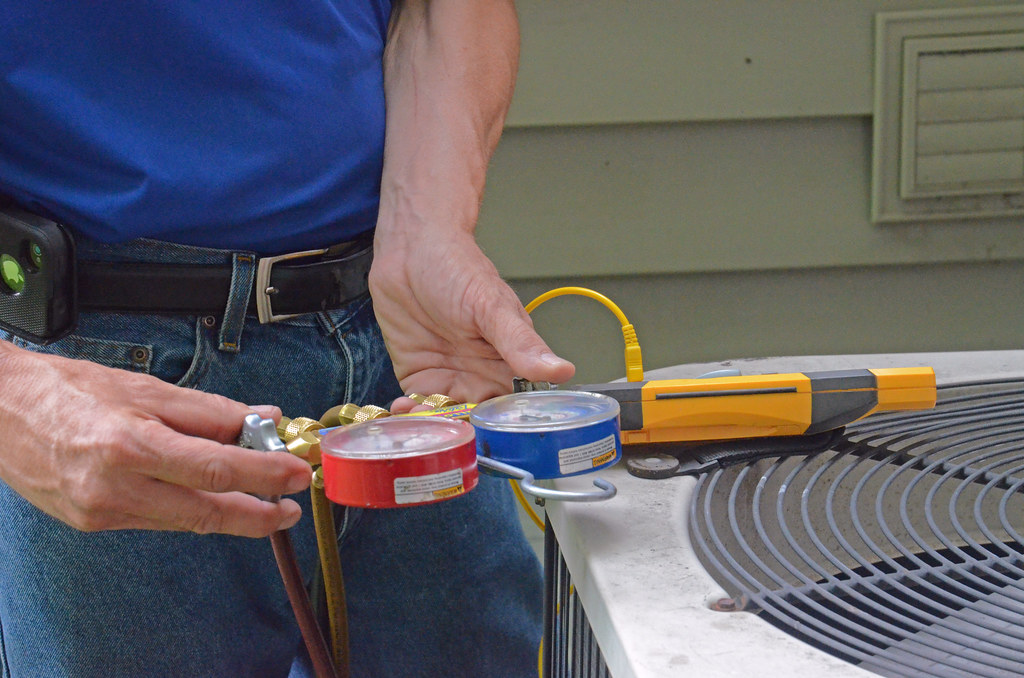HVAC static pressure is frequently overshadowed by more prominent topics in the world of heating, ventilation, and air conditioning. Yet, it carves out its own essential role with a critical impact on system efficiency and indoor comfort. This unique aspect distinguishes ideal static pressure as a key factor in HVAC performance, setting it apart in the broader context of HVAC maintenance and optimization.
Key measures of static pressure in HVAC systems include the desired range between 0.5 and 2.0 inches of water column (in. WC). Within this spectrum, various factors contribute to achieving and maintaining the ideal pressure, including ductwork design, filter condition, and fan speed settings.
Each of these elements plays a distinct role, offering a nuanced approach to optimizing airflow and system operation. Delving deeper, the influence of static pressure extends to system longevity, energy consumption, and even the distribution of heating or cooling within a space. The sections that follow will explore the intricacies of measuring, adjusting, and maintaining static pressure.
This exploration will provide a comprehensive understanding of its significance in ensuring an HVAC system’s efficiency, reliability, and overall performance. By examining the factors that affect static pressure, signs of improper pressure levels, and corrective measures, this discussion aims to equip homeowners and facility managers with the knowledge needed to address common HVAC challenges. Through this lens, ideal static pressure emerges as a vital component of HVAC system health, contributing to a more comfortable, energy-efficient, and sustainable indoor environment.
Ideal Static pressure in HVAC systems

In HVAC systems, achieving the ideal static pressure is crucial for maximizing efficiency and ensuring comfort. This pressure, measured in inches of water column (in. WC), typically ranges between **0.5 and 2.0 in. WC**.
Falling within this range signifies that an HVAC system is well-balanced, promoting optimal airflow through ducts and equipment. Adequate static pressure is essential for the system to deliver and remove air effectively, directly impacting energy use, system wear, and overall performance.
By understanding and maintaining this ideal pressure, homeowners and facility managers can ensure their HVAC systems operate smoothly, prevent unnecessary strain on components, and keep energy costs in check. This balance is not only a cornerstone of HVAC health but also a key player in the pursuit of a comfortable, energy-efficient indoor environment.
Ranges between 0.5 and 2.0 inches of water column (in. WC)
The ideal static pressure for HVAC systems falls within a specific range: 0.5 to 2.0 inches of water column (in. WC). This range is pivotal, as it reflects a system’s capability to efficiently circulate air throughout the ductwork.
Achieving and maintaining pressure within this optimal range ensures that the ventilation, heating, and cooling mechanisms operate effectively and with enhanced energy efficiency. Staying within these bounds is essential for sustaining system equilibrium, fostering uniform airflow, and averting complications arising from excessive or insufficient pressure. By adhering to this range, the overall system performance is improved, component longevity is extended, and energy usage is optimized, leading to notable cost savings.
Importance of maintaining ideal static pressure
Maintaining the ideal static pressure in HVAC systems is fundamental for several key reasons. Firstly, it ensures efficient airflow and optimal system performance, which are crucial for maintaining comfort and air quality indoors. Secondly, keeping static pressure within the recommended **0.5 to 2.0 inches of water column (in. WC)** range helps prevent system damage and reduces wear on HVAC components, thus extending their lifespan.

Lastly, by optimizing energy use, maintaining ideal static pressure leads to significant cost savings on utility bills. Regular monitoring and adjustments are essential for achieving these benefits, underscoring the importance of static pressure in HVAC system maintenance and efficiency.
Ensures efficient airflow and system performance
Maintaining ideal static pressure within the 0.5 to 2.0 inches of water column (in. WC) range is crucial for ensuring efficient airflow. This efficiency is key to achieving optimal system performance, which translates to consistent temperatures and improved air quality across different spaces.
Prevents system damage and reduces wear
By keeping static pressure at ideal levels, HVAC systems are less likely to experience system damage. This precaution significantly reduces wear on components, extending their operational life and preventing costly repairs or replacements.
Optimizes energy use for cost savings
An HVAC system operating within the ideal static pressure range uses energy more efficiently. This optimization not only contributes to a reduction in energy consumption but also leads to significant cost savings on utility bills, making it an economically wise maintenance strategy.
Measuring static pressure
Measuring static pressure is a critical step in ensuring HVAC efficiency and optimal performance. This process is typically conducted using a digital or analog manometer, a specialized tool designed to measure pressure within the ductwork accurately. Achieving precise measurements is essential for determining if the system operates within the ideal **0.5 to 2.0 inches of water column (in. WC)** range.
Regular monitoring allows for the early identification of potential issues, facilitating timely adjustments to prevent significant system inefficiency or damage. By mastering the correct techniques to measure static pressure, both homeowners and HVAC professionals can guarantee that systems are functioning at their best, promoting better airflow, reducing energy costs, and prolonging equipment lifespan.
Using a digital or analog manometer
To accurately measure static pressure in HVAC systems, using either a digital or analog manometer is recommended. These devices are specifically designed to provide precise pressure level readings within the ductwork, crucial for ensuring the system operates within the ideal 0.5 to 2.0 inches of water column (in. WC) range.
The choice between a digital or analog model typically hingfes on user preference and specific requirements, as both types offer effective measurement capabilities. Employing a manometer for regular pressure assessments is a vital maintenance practice, pivotal in maintaining system efficiency, preventing potential damage, and optimizing energy usage for cost-effectiveness.
Factors affecting static pressure
Several key factors can significantly influence the static pressure within an HVAC system, directly impacting its efficiency and overall performance. The size and layout of ductwork are crucial, as improper design can cause airflow restrictions, adversely affecting pressure levels. Additionally, the cleanliness of filters plays a significant role in air resistance; dirty filters can lead to increased static pressure, putting strain on the system.
Fan speed is another important consideration; adjusting the fan can change airflow and pressure within the system. Recognizing and understanding these factors is essential for diagnosing and addressing issues related to static pressure, ensuring the system maintains optimal functionality.
1. Duct size and layout impact airflow
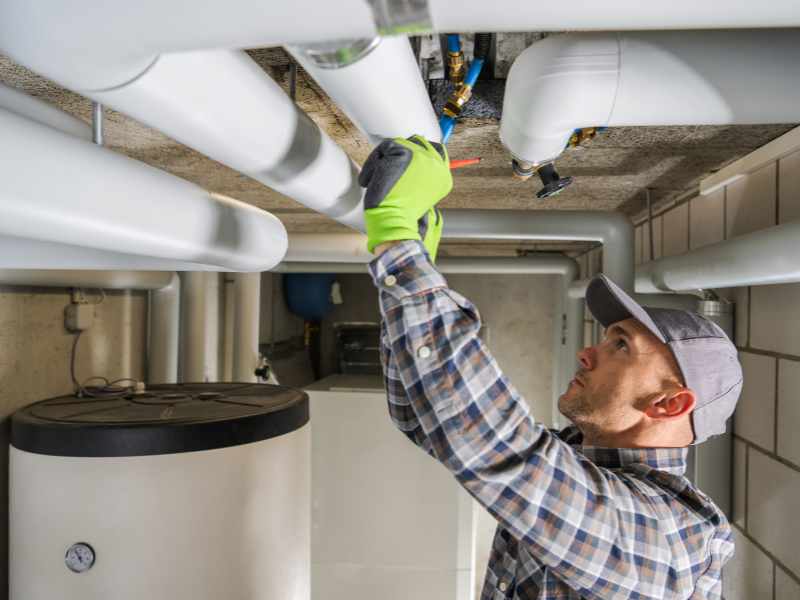
The size and layout of ductwork significantly influence how air moves through an HVAC system. Properly sized and strategically arranged ducts facilitate smooth airflow, maintaining ideal static pressure and enhancing system efficiency. In contrast, ducts that are too small or improperly laid out can restrict airflow, leading to increased pressure and undue strain on the system.
2. Filter cleanliness affects air resistance
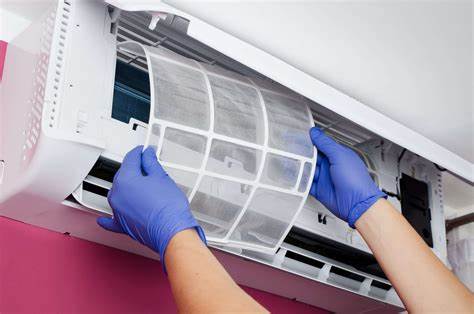
Filter cleanliness has a direct impact on air resistance within the HVAC system. Clean filters allow air to flow freely, keeping static pressure within optimal levels. On the other hand, dirty filters heighten air resistance, elevating static pressure, which can overburden the system, causing inefficiency and potential damage.
3. Fan speed influences pressure levels
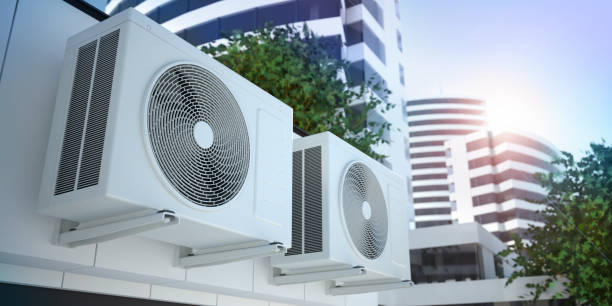
Fan speed is a key factor in controlling static pressure within an HVAC system. Adjusting the fan speed can alter airflow, thereby influencing static pressure levels. Correctly managing fan speed is crucial for sustaining balanced airflow and pressure, ensuring the system operates at peak efficiency and effectiveness.
Signs of improper static pressure
Identifying signs of improper static pressure is crucial for maintaining HVAC system health and efficiency. Key indicators include uneven temperature distribution in rooms, suggesting airflow issues caused by pressure imbalances. Unusual noises from ducts, such as whistling or banging, can signal strain within the system due to incorrect static pressure.
Additionally, high energy bills may indicate the system is working harder than necessary to compensate for pressure-related inefficiencies. Recognizing these signs early allows for timely interventions, preventing further system stress and ensuring optimal performance.
Uneven temperature distribution in rooms
Uneven temperature distribution across different areas often signals improper static pressure within the HVAC system. This issue can inhibit uniform airflow, leading to noticeable hot or cold spots that detract from the overall comfort of the indoor environment.
Unusual noises from ducts indicating strain
Unusual noises from ducts, such as whistling, banging, or rattling, serve as audible indicators of strain caused by improper static pressure. These sounds suggest that the system is encountering difficulties in maintaining balanced airflow, which could escalate into more significant issues if left unaddressed.
High energy bills due to inefficiency
High energy bills often highlight inefficiency in the HVAC system, which may be a consequence of improper static pressure. Excessive energy consumption, as the system strains to circulate air, leads to elevated costs. This serves as a critical prompt for a system evaluation and necessary adjustments to restore efficiency.
Adjusting static pressure

Adjusting static pressure is a crucial step in optimizing HVAC system performance and efficiency. Key strategies include adjusting fan speed to modify airflow and directly influencing pressure levels within the system. Cleaning or replacing filters regularly is another effective approach, as it decreases air resistance and helps maintain ideal pressure.
Additionally, modifying ductwork can enhance airflow and balance pressure, addressing issues like uneven temperature distribution and unusual noises. By implementing these adjustments, homeowners and HVAC professionals can ensure that systems operate within the ideal static pressure range, enhancing comfort, reducing energy consumption, and prolonging the lifespan of HVAC components.
Adjust fan speed to alter airflow
Adjusting fan speed offers a straightforward way to modify airflow, directly affecting the static pressure within an HVAC system. By fine-tuning the fan speed, it’s possible to maintain the system within the ideal static pressure range, optimizing both performance and energy efficiency.
Clean or replace filters regularly
Maintaining low air resistance and optimal static pressure is crucial for system efficiency, making it essential to clean or replace filters regularly. This maintenance task can significantly reduce strain on the system, leading to lower energy consumption and extended component lifespan.
Modify ductwork to improve flow
Modifying ductwork is a key strategy for addressing airflow restrictions and enhancing static pressure balance. This may involve resizing, reconfiguring, or repairing ducts to ensure effective air distribution, ultimately improving system performance and indoor comfort levels.
Preventive measures for ideal pressure
Implementing preventive measures is crucial for maintaining ideal static pressure in HVAC systems, ensuring they operate efficiently and effectively. Regular HVAC maintenance checks are fundamental, allowing for the early detection and correction of issues that could impact static pressure. Proper installation of ducts and components is essential to prevent airflow restrictions and pressure imbalances right from the start.
Additionally, choosing the right size HVAC system for the space is vital, as systems that are too large or too small can lead to pressure and airflow problems. By adhering to these preventive strategies, homeowners and professionals can avoid common HVAC issues, optimize system performance, and improve indoor air quality and comfort.
Regular HVAC maintenance checks
Regular HVAC maintenance checks are pivotal for the early identification and rectification of any issues impacting static pressure. These preventative actions ensure the system’s efficiency and longevity, safeguarding against the escalation of minor concerns into significant problems.
Proper installation of ducts and components
Proper installation of ducts and components is essential for optimal airflow and static pressure maintenance. Correctly installed ductwork and system components prevent avoidable airflow restrictions and pressure imbalances, which are crucial for maintaining system performance at its peak.
Choosing the right size HVAC system
Choosing the right size HVAC system for the intended space is critical to avoid airflow and static pressure complications. An oversized or undersized system can lead to inefficiencies and discomfort, highlighting the importance of accurate system sizing for effective and efficient operation.
Optimize Your HVAC System with Ideal Static Pressure
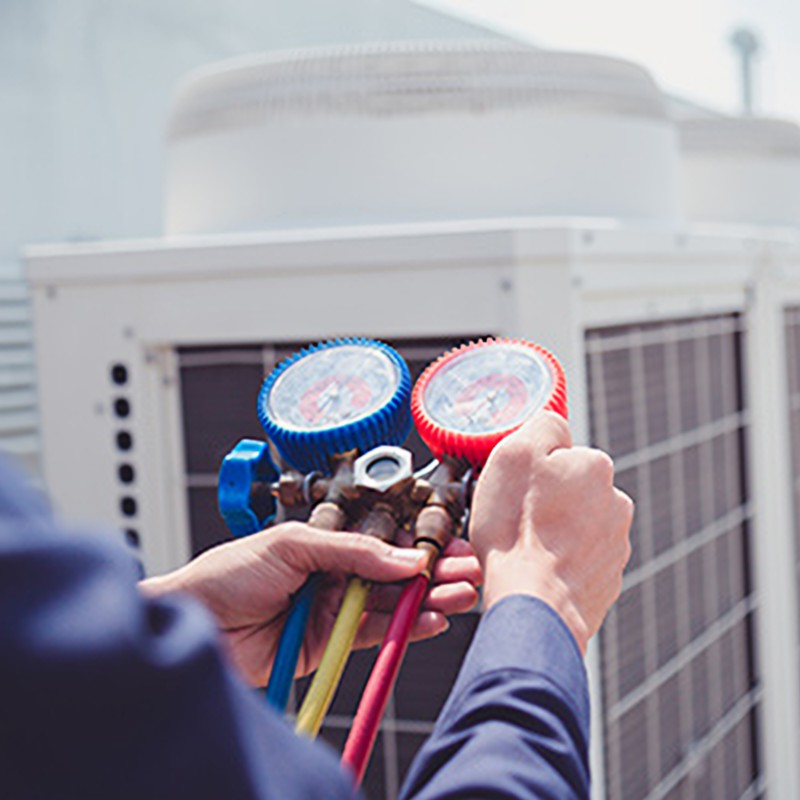
Understanding and maintaining the ideal static pressure in HVAC systems is crucial for ensuring system efficiency, performance, and longevity. The ideal range of 0.5 to 2.0 inches of water column (in. WC) serves as a benchmark for optimal operation, with factors such as ductwork design, filter cleanliness, and fan speed playing significant roles in achieving this balance.
Regular maintenance, including precise measurements using digital or analog manometers, is essential for early detection and correction of pressure imbalances. Additionally, preventive measures like proper system sizing and installation, along with routine checks and adjustments, are key to preventing airflow issues and ensuring a comfortable, energy-efficient indoor environment. By adhering to these principles, homeowners and HVAC professionals can optimize HVAC systems to deliver peak performance and cost savings.
Don’t let hidden pressure issues compromise your comfort and energy bills. At Callidus Air, we’re experts in optimizing HVAC static pressure for peak performance. Our skilled technicians use advanced tools to measure, adjust, and maintain ideal pressure levels, ensuring your system runs efficiently and effectively.
Ready to breathe easy and save on energy costs? Contact Callidus Air today for a comprehensive static pressure assessment and optimization.

